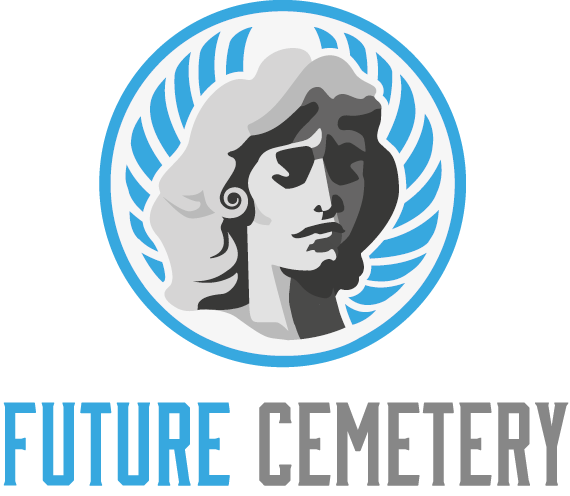Memorial parks provide a tranquil setting for reflection and remembrance in a natural environment. Families can personalize their plot with a tree or shrub of choice, creating a living tribute.
The Gold Star Monument is the newest addition to Memorial Park and was designed in conjunction with Delaware’s Gold Star families. It features a void design symbolic of those who have fallen in service to our country.
The Park’s History
In addition to the nationally acclaimed jogging trail (named for a founding member) Memorial Park is home to the Bear Hollow Wildlife Trail, fishing and swimming in the lake, a native animal zoo, recreation center and many other facilities. The park is a favorite destination for local residents and visitors from around the world.
Unlike traditional cemeteries, memorial parks have a natural aesthetic and focus on greenery and landscapes, making them a more inviting and comforting place to visit. Instead of competing headstones, memorial parks use dignified sculptured bronze markers lying flat on landscaped plots.
At the entrance to Memorial Park stands a flagpole with a plaque listing 140 names of servicemen who died in World War II and 21 who lost their lives in World War I. In 1994 the local Historical Society started a drive to identify and commemorate all Clarke County citizens who served in America’s armed forces throughout history. The results of this effort are displayed in two “learning rooms” bounded by low-lying shrubs.
The Memorial Walls
When someone dies, finding a way to honor their memory can be difficult. A popular option is a memorial park, which offers a serene alternative to traditional cemeteries. Instead of competing headstones, a memorial park uses dignified sculptured bronze markers lying flat on landscaped plots to memorialize a grave. The memorial parks also offer a variety of trees to choose from, so families can create living tributes that grow and thrive over time.
The Wall carries the names of service members who died in action during the Vietnam War, alphabetized by last name and date of death. It is a sacred place to remember those who have served our country and those who remain missing.
The park is home to a number of trees, including the strong and dependable white oak and soothing crape myrtle. The Park is also undergoing a major transformation with the Land Bridge and Prairie project, which is among the accelerated projects of the Memorial Park Master Plan.
The Bald Eagle Statue
Dedicated to all Veterans, this bronze statue depicts the American Bald Eagle. The eagle is the national symbol of the United States and is a powerful reminder of freedom and strength. This beautiful monument stands proudly atop a 12 foot granite pillar.
As cremation rates rise, memorial parks are gaining popularity as an eco-friendly alternative to traditional burials. Unlike traditional cemeteries, memorial parks focus on green spaces and offer families the opportunity to plant trees in memory of their loved ones. Trees are a living symbol of life and growth and they help mitigate climate change by absorbing carbon dioxide, improving air quality and providing habitats for wildlife.
In addition to the environmentally friendly benefits of memorial parks, they also provide a more natural and serene atmosphere than traditional cemeteries. This is especially true if the memorial park features a grove of trees or other natural landscapes that are viewed as peaceful and comforting by grieving families.
The Land Bridge and Prairie Project
Over the last 18 months, drivers on Memorial Drive have watched as two massive tunnels take shape above the road. When completed, the Kinder Land Bridge and Cyvia and Melvyn Wolff Prairie will reunite Memorial Park’s north and south sides and transform the experience of driving through the park.
In addition to re-connecting the park and creating a dynamic new destination, this project will strengthen the city’s native ecosystem, improve storm water management and enhance pedestrian safety and connectivity throughout. A wetlands system on the west side of the land bridge will be up to twice as effective at treating and conveying stormwater than engineered infrastructure, while also sequestering carbon.
The prairie restoration, which adjoins the Land Bridge, re-introduces endangered native coastal prairie species and adds additional wetlands to areas north and south of Memorial Drive. Designed to withstand heavy rainfall, these wetlands will function as an ecological filter and aid with onsite stormwater detention during flood events.
